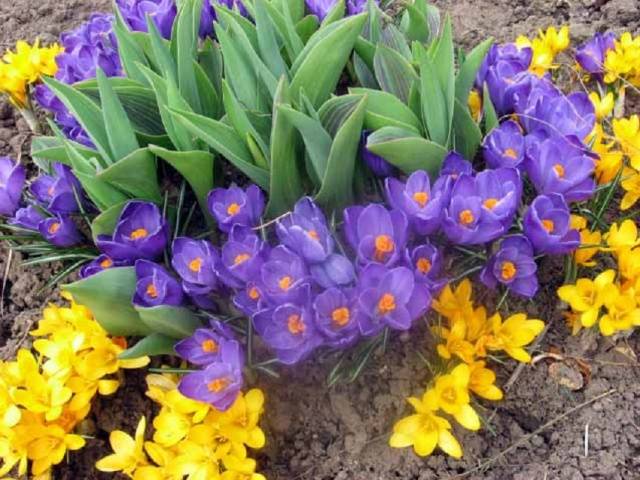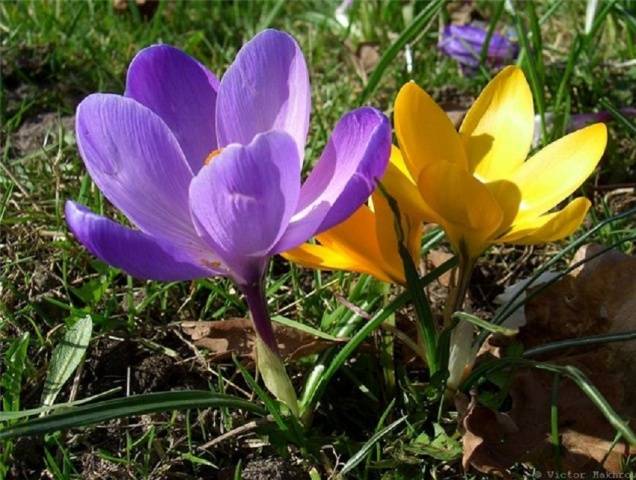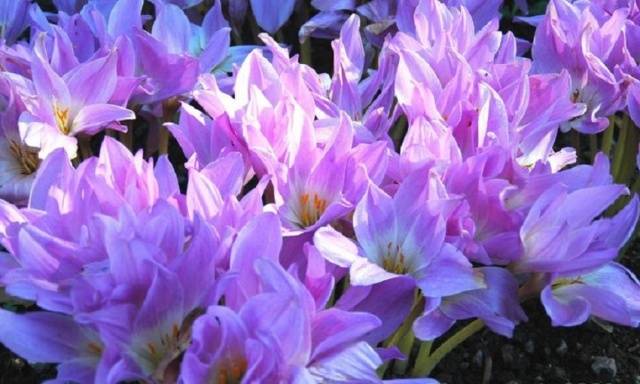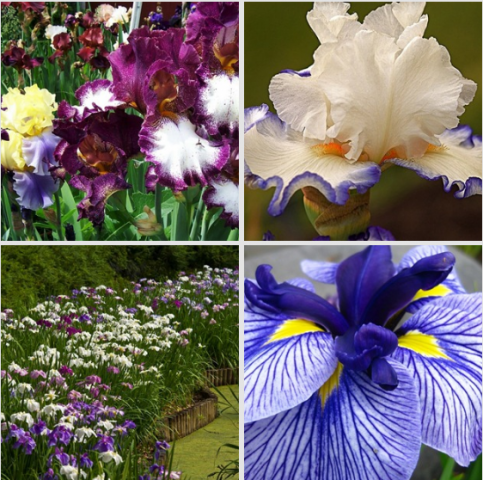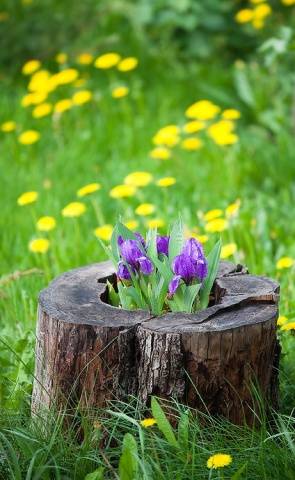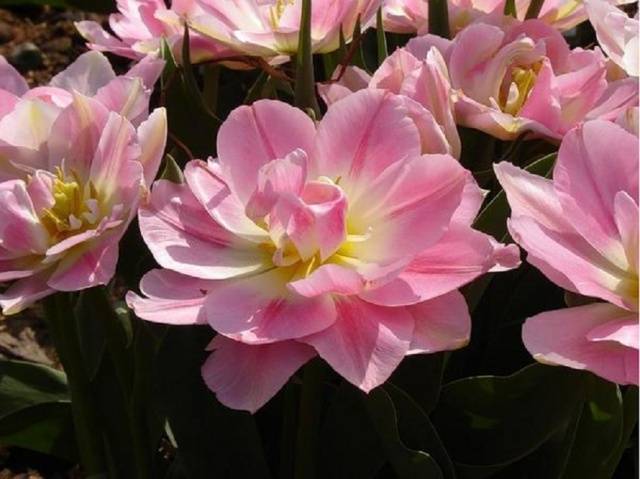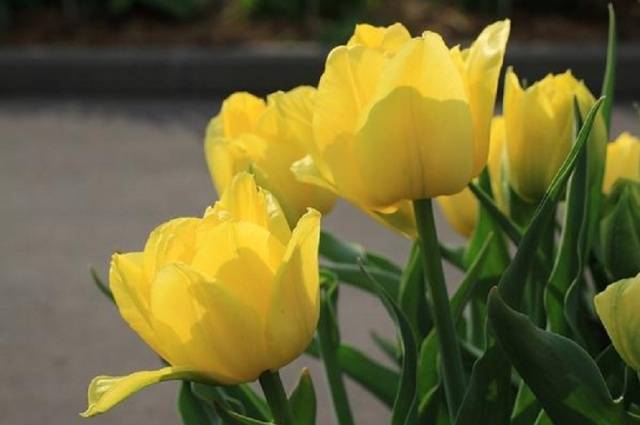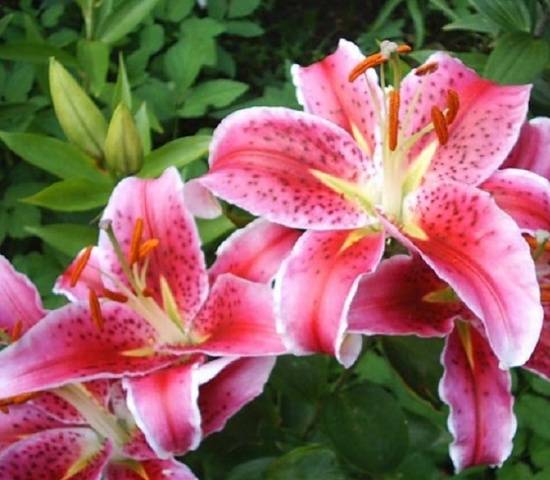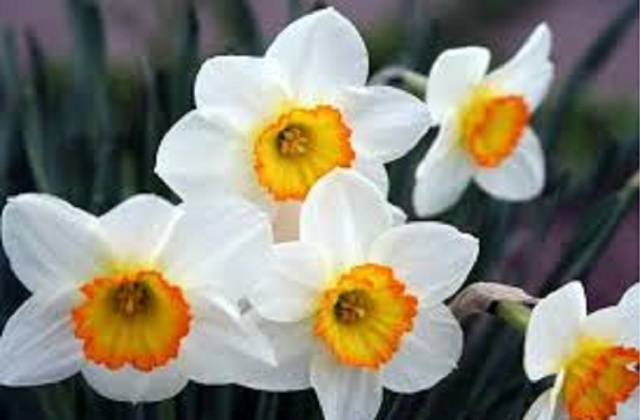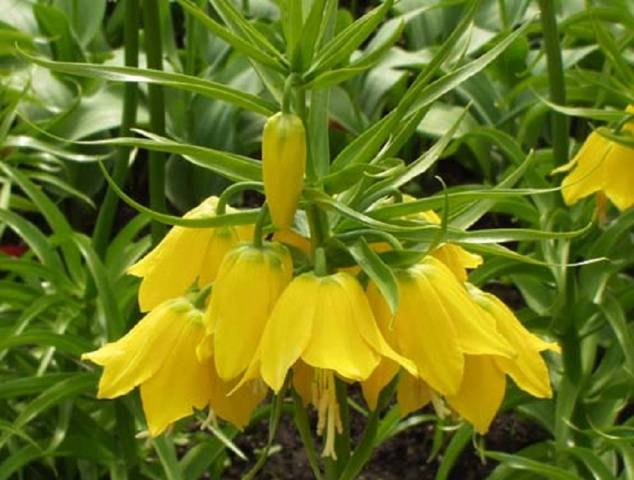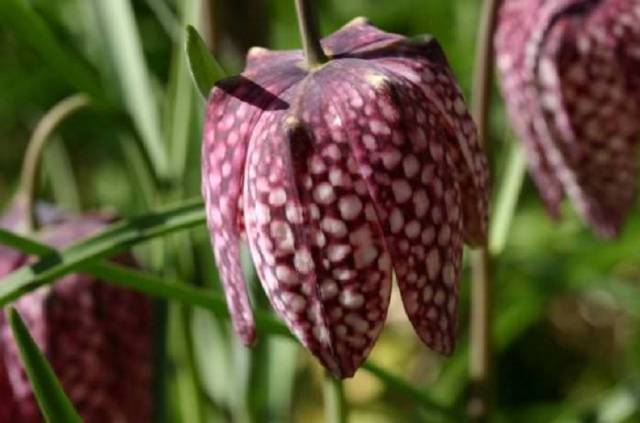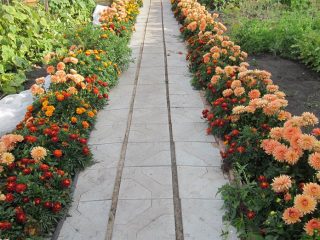Content
I want to decorate my dacha at any time of the year, especially in spring. When nature begins to come to life, the area should also be cozy and beautiful. Long before the common ones begin to bloom garden flowers, wintering perennials appear above the ground. A beautiful flower bed can be created not only for the season. Of course, it’s also nice to experiment with a new design every year. But in some places, plants that grow in one place for several years - perennials - help out.
Their advantages are hard to ignore:
- the ability to create a composition that blooms all season long;
- the above-ground part of perennials is reborn after winter without replanting;
- there is no need to prepare plants for wintering or dig them up for storage;
- frost resistance;
- unpretentiousness and low maintenance requirements.
All these advantages indicate that growing perennial plants is a profitable endeavor.
But then they need to be replanted. The reasons are soil depletion and the proliferation of pathogenic microorganisms that can cause diseases or slow growth of perennials.Should be placed in a separate group bulbous perennials. These are flowers whose underground part is a bulb. It contains the nutrients the plant needs for growth and development. However, not all bulbous perennials survive winter in open ground. Some varieties require moving to more favorable conditions for the winter.
Our article is devoted to bulbous perennials that tolerate wintering well in open ground.
Frost-resistant bulbous flowers on the site
Among the most common bulbous flowers that can withstand winter cold, we note:
Crocuses
Very popular hybrids of Dutch selection, brightly decorating the site in early spring.
Crocuses that winter in open ground attract attention not only with their beautiful shades, but also with large flowers up to 5 cm in diameter. Healthy and large bulbs are selected for planting. They produce up to 6 large bright flowers. If corms up to 10 cm in diameter are selected, then they are capable of producing 4 buds, less than 9 cm - 3 full-fledged flowers. Varietal crocuses produce powerful growth (over 20 cm) and large flowers.
Crocuses are perennials that overwinter in open ground and require replanting after 4 years of growing in one place. By this time, the bulbs are growing, forming small baby bulbs. This is the seed material for planting crocuses.
It is also necessary to replant an adult bulb to give it the opportunity to grow further. After digging in June, the bulbs are stored until the end of September.
The bulbs gradually get used to it. First, they are air-dried for a week, then in the basement without sunlight at a temperature of +20º.After a couple of weeks you can move it to the refrigerator. It is important to create the right conditions when the tubers overwinter. During this period, the bulbs take root in the ground and form a flower bud. Crocuses are frost-resistant perennials, so the planting site can only be covered with branches so that very severe frosts do not damage the plants. The second danger for crocuses in the winter-spring period is rodents and birds.
In spring, the garden bed is cleared of debris and insulating branches. You can loosen the soil only after sprouts appear, so as not to damage the corms. How to help crocuses wintering in open ground stay healthy:
- avoid places where winter snow accumulates for planting;
- prepare the soil before planting;
- feed the plants;
- Dig in the summer to prepare for winter.
If in the spring you do not notice crocus sprouts at the planting site, do not disturb them. They can successfully ascend next spring.
Bulbous irises
A wonderful group of perennials that overwinter in open ground. Undemanding to growing conditions, but very beautiful spring flowers. In order for them to please you for many years, you will have to fulfill some points when growing irises.
They do not like waterlogged soil, mineral deficiency, constant shadow. An artificial or natural slope will help protect against excess moisture, on which it is good to plant bulbous irises. It is necessary to ensure that there is no stagnation of rainwater or melted snow. In this case, you cannot do without a drainage system. Plants love chalky soil and sunlight.
When digging a future bed, add lime or chalk. A year before planting - humus and fertilizers.
Hybrids tolerate 5 years of aging well. Irises are planted in a new place of residence in late September - early October. In some cases, you can do without digging. To do this, after the plants have withered, the flowerbed is covered with film until the beginning of October. Early varieties bloom in May, although greenery decorates the flowerbed from early spring.
Tulips
Not all species are classified as frost-resistant. It is necessary to choose exactly those varieties that tolerate cold winters well. The variety of varieties of tulips that winter in open ground can amaze the imagination of any summer resident. Caring for them is easy. The bulbs are dug up after the above-ground parts have withered and dried out. Dry in the shade for 3 to 5 days, then store in the basement until planting time. This happens when the soil temperature reaches +9º. Tulips that winter in open ground are planted in a windless place.
The main thing is that no other types of tulips have grown on it before for 3 years.
Lilies
Another bulbous perennial that overwinters in open ground. They grow well in one place for several years. They try not to replant lilies often. This procedure significantly reduces the intensity of plant development, so it is necessary to carefully consider the planting site. They create a great appearance in the garden when grown in groups. Three or five lilies wintering in open ground look much better than one. They respond well to the application of fertilizers (mineral fertilizers). You need to feed twice. In the spring, when the sprouts hatch, and in the fall before wintering.
Lilies wintering in open ground are wonderful “neighbors”.They develop much better when medium or low-growing flowers are planted with them. It is very good for lilies when the lower part of the stem is in the shade and the buds are in the sun.
Daffodils
It is necessary to carefully select varieties of daffodils that winter in open ground. Not all varieties can withstand cold weather. For planting, choose a place with good lighting, but at noon the plants should have protection from the scorching sun. Another requirement is that there should be no roots of large shrubs or trees near the daffodils. Daffodils overwintering in open ground do not like excessive soil moisture. It is important not to plant daffodils in the place where other bulbous plants were predecessors. The soil in the flower bed must be fertile, so before planting the bulbs, add ash, mineral and organic fertilizers. The main thing is not to bury the bulbs too deep and measure the planting depth with the groundwater level. Optimally, in this case, 15 cm from the bottom to the soil surface.
Grouse (fritillaria)
Many people call these perennials that winter in open ground imperial hazel grouse.
The bulbs are replanted after 2-3 years, but if the plant’s flowers become small and in smaller quantities, then do not delay replanting. After planting the bulbs, the hazel grouse blooms the following spring. Conditions for growing hazel grouse are drained soil, a sunny and dry place without large trees around. Sandy loam soil is best suited for plants.
This is very important in snowless winters. The thickness of the shelter is made up to 25 cm. The hazel grouse bulb has a garlicky smell, which helps protect the plant from rodent attacks.When planting, handle the scales very carefully so as not to damage them.
Now you can choose some perennials that overwinter outdoors to create a beautiful flower bed.
Nuances of agricultural technology for bulbous perennials
It cannot be said that perennials wintering in open ground are without their drawbacks. The main one is the possibility of freezing in snowless or cold winters without shelter. They need even more careful care than annual plants. But the advantages of these plants are also high. You don’t have to grow seedlings every year, and growing perennials can bring a sufficient replenishment to the family budget. This will also be helped by proper care of bulbous perennials overwintering in open ground. Among the mandatory procedures it should be noted:
- removal (after wilting) of the above-ground parts of plants;
- covering the roots;
- feeding bulbous perennials;
- care when weeding beds;
- regular watering during the dry season;
- mandatory transplantation after 3-5 years.
By meeting these simple requirements, you can decorate your site with wonderful plants that can withstand winter frosts and are the first to give beauty.
